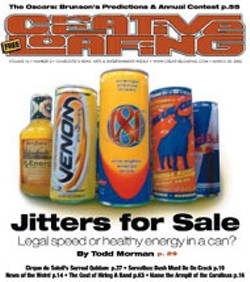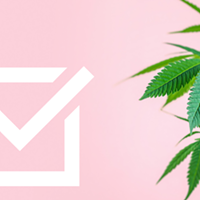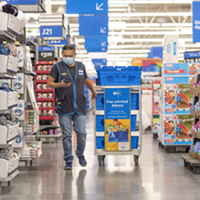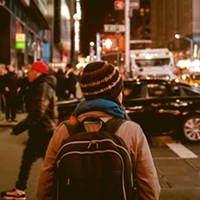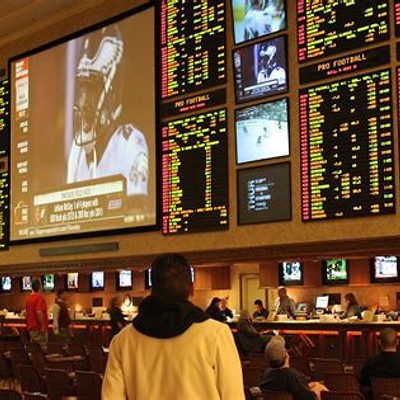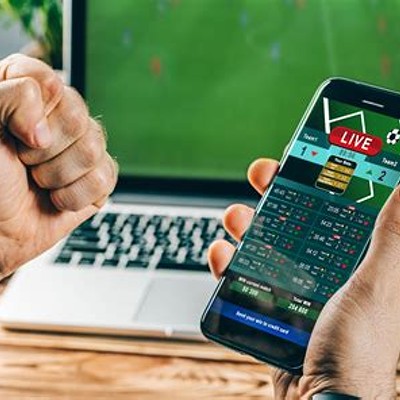Page 4 of 4
"Any stimulant is a diuretic," says UNC-Chapel Hill's Robertson. "If someone mixes it with alcohol, the more they drink, the more dehydrated they become. You've got a double whammy."
Industry boosters adamantly defend their products, pointing out that nobody gets upset at the thought of rum and Coke, which also contains caffeine. A marketing executive for Colorado-based EAS Inc., which makes the ephedrine-laced Piranha, drew the connection for USA Today: "When it's all said and done, most energy drinks are caffeine and sugar, as are most soda pops."
Which raises an interesting question: If energy drinks are like soda pop, why aren't they subject to the same regulations as soda pop?
Falling through the regulatory cracks
The "functional beverage" industry is part of a larger trend known as "nutraceutical foods," which has exploded in part because it occupies a gray area between foods and dietary supplements. Congress, prompted by lobbying from herbal-supplement companies, exempted substances like guaran, kava kava and ma huang from strict regulation by the FDA in 1994. This was despite evidence linking misuse of ma huang to serious medical problems, including heart attacks and death.
"If you have a dietary supplement, like a pill in a bottle, there's no real regulation," says CSPI's Ringel. "But when you put that same supplement in food, it's now considered a food additive and GRAS [generally recognized as safe] standards are supposed to take over. But all these energy drinks on the market now are not GRAS. I've even seen potato chips with kava kava."
Exaggerated claims of health benefits by energy-drink and other herbal food manufacturers became so common last year that the FDA issued a letter to the entire industry reminding companies they were expected to follow "longstanding legal requirements" governing food products. Red Bull itself avoids the problem by staying away from ephedrine and guaran, and sticking to caffeine and taurine, ingredients with FDA approval. Still, the drink is treated as a medicine, not a food, in Denmark and Norway. It's also currently banned in Canada, although the regulation is under review.
Other energy drinks with non-GRAS ingredients have to be only a little more careful.
The folks who make Speed Stack, for example, load it with ephedrine, guaran and a full day's complement of caffeine, and then boast about the fact that it's nothing but nutrient-free legal speed, easily available to anyone regardless of age. It's designed, they say, to provide dedicated athletes "better mental focus," but check out this warning on their Web site:
"First of all, keep out of reach of children. This drink is for healthy adults only!. . .Do not exceed recommended use. Taking more than the recommended dosage of one bottle will not be more effective and may increase the risk of side effects, which can include headaches, heart attacks, stroke, seizure and death. In other words, do not take more than one bottle. Do not use if you are pregnant or nursing, or if you have high blood pressure, heart disease, diabetes, difficulty in urination due to prostate enlargement, or if taking a MAO inhibitor or any other prescription drug. Reduce or discontinue use if nervousness, tremor, sleeplessness, loss of appetite or nausea occurs."
That's quite a mouthful for something not regulated as a drug. Drinks like Speed Stack may be the first to disappear from the market if young American suburbanites begin to have heart palpitations in gyms and on dance floors.
It's tempting to compare the speedy world of energy drinks with another recent liquid drug craze, gamma hydroxyl butyrate. GHB was a completely legal muscle-building supplement, popular -- like many of the ephedrine-soaked drinks now on the market -- with both the gym crowd and dance-club aficionados, who got off on its pleasant body buzz. GHB acts as a central nervous system depressant; it's potentially deadly when consumed with even small amounts of alcohol. As bouncers in big cities got tired of hauling unconscious patrons into ambulances, bars began to post warnings about mixing the two drinks. Then GHB use spread to -- surprise -- young people. When a few of those young people started keeling over, the party was over for legal GHB.
Will anyone be surprised if the fast-growing, speed-driven world of energy drinks follows a similar path? *
« previous 1 2 3 4
Speaking of News_.html, 5.00000
-
A Family Affair
Dec 12, 2007 -

Darrell Roach
Dec 12, 2007 -
Body Talk
Dec 12, 2007 - More »
Latest in Cover
More by Todd Morman
-
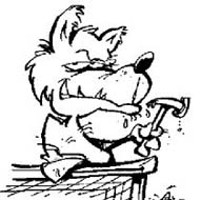
Foxes Building the Henhouse
Apr 3, 2002 -

Looking Homeward
Dec 8, 2001 - More »
Calendar
-
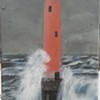
NEW WINDOW GALLERY-Pat Rhea-ACRYLIC PAINTINGS-April 05-30 2024 VALDESE, NC 28690 @ New Window Gallery/Play It Again Records
- Through April 30, 12 p.m.
-

TheDiscountCodes
-
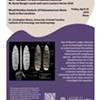
"Blood Residue Analysis of Paleoamerican Stone Tools in the Carolinas" @ Native American Studies Center
- Fri., April 26, 12-1 p.m.
-

Brightfire Music and Arts Festival @ GreenLife Family Farms
-

ARTS RENAISSANCE, a GALA supporting the ARTS in South Carolina @ the Columbia Museum of ART
-
Let your Fingers do the Shopping
Weird, wonderful and just plain useless gifts
-
WINE TO WATER: Keeping Up With The Global Water Crisis 1
NC Water Charity Saving Lives
-
The 10 Scariest People In Charlotte 1

